Medium format video shooting RAW. This is exciting! With the GFX 100 and the new Ninja V you have Apple pro raw full quality pro res in medium format. So now it has hit the consumer level. See how it compares to the Panasonic S1H and the Canon C200!
Today, we’re going to take a look at medium format video. Now this is not a new thing, it’s been around for a while. But with the GFX 100, and the new Ninja V you now have Apple pro raw full quality pro res in medium format. So I think now it has hit the consumer level.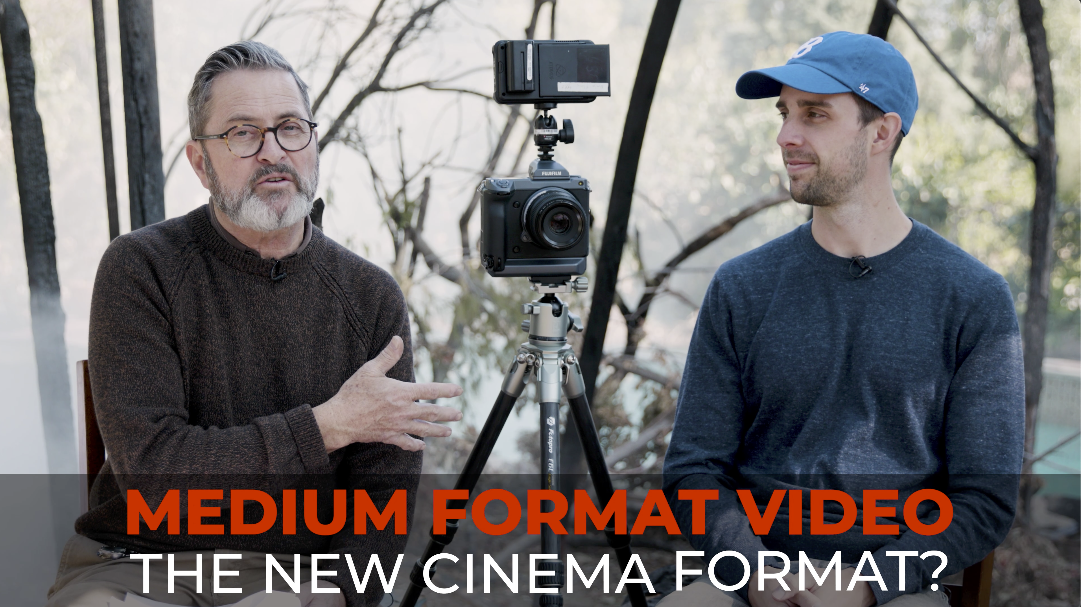
So this is kind of the first foray. Up until now all we’ve had is the Alexa 65, which is like a multiple $1,000 rental per day. 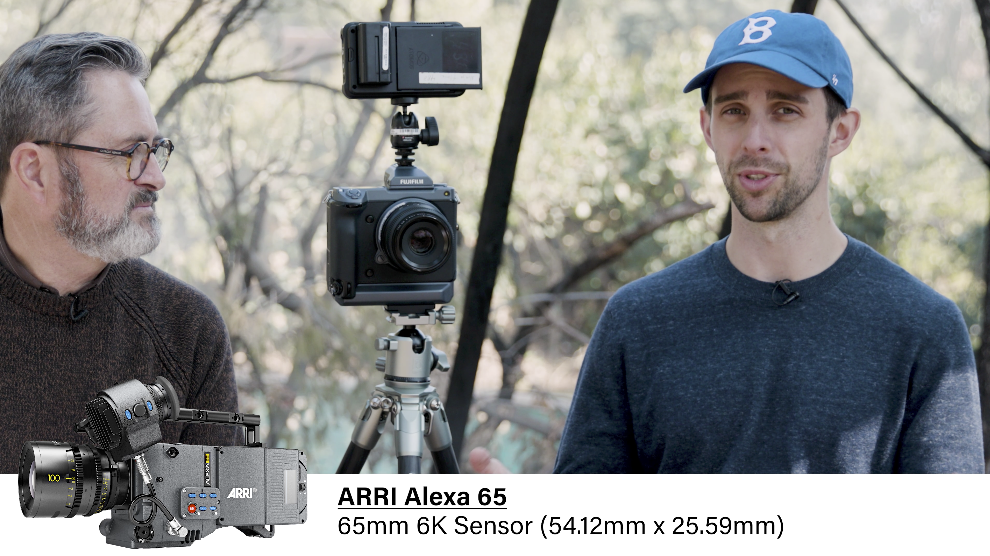
If you’re shooting really big Marvel or Star Wars movies with that camera that makes sense. But you’re not going to see it in the hands of your local music video director. So this is kind of exciting. It’s a little janky with the external recorder. The rolling shutter is a little rough. But I am excited, medium format video shooting RAW. I would have dreamed about this stuff five years ago.
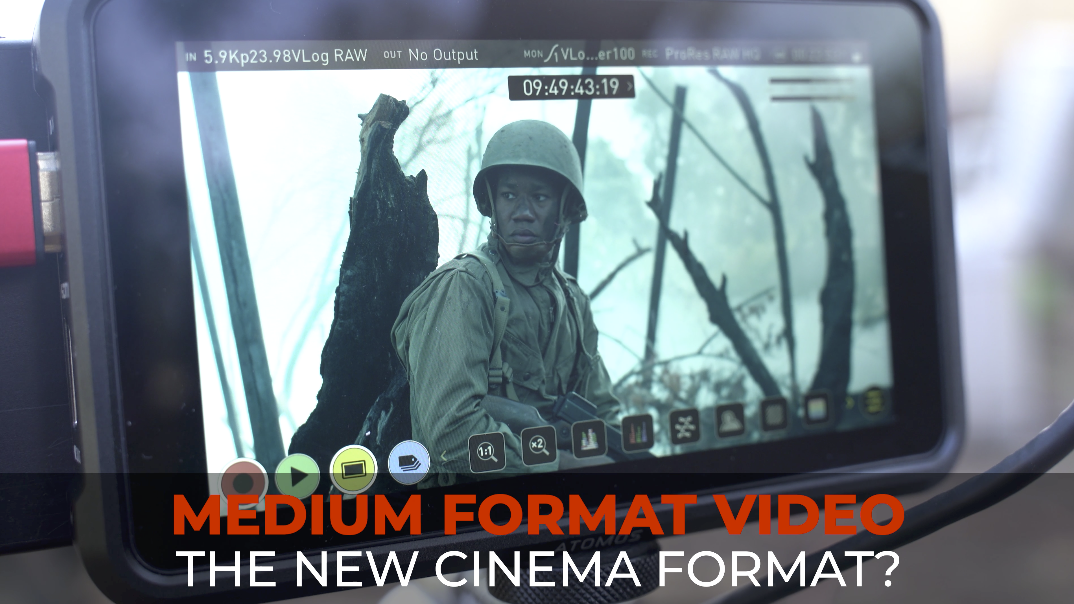
So we’re going to take a look at three cameras today, the C200 shooting RAW. All of these cameras are going to be shot on Raw. We’re also going to look at the GFX 100, shooting RAW but recording to the Ninja V. That gives us a raw pro res. And we’re also going to have the Panasonic S1H and we’ll be shooting that with a Ninja V as well. That’ll be in 6k raw, a little bit higher resolution.
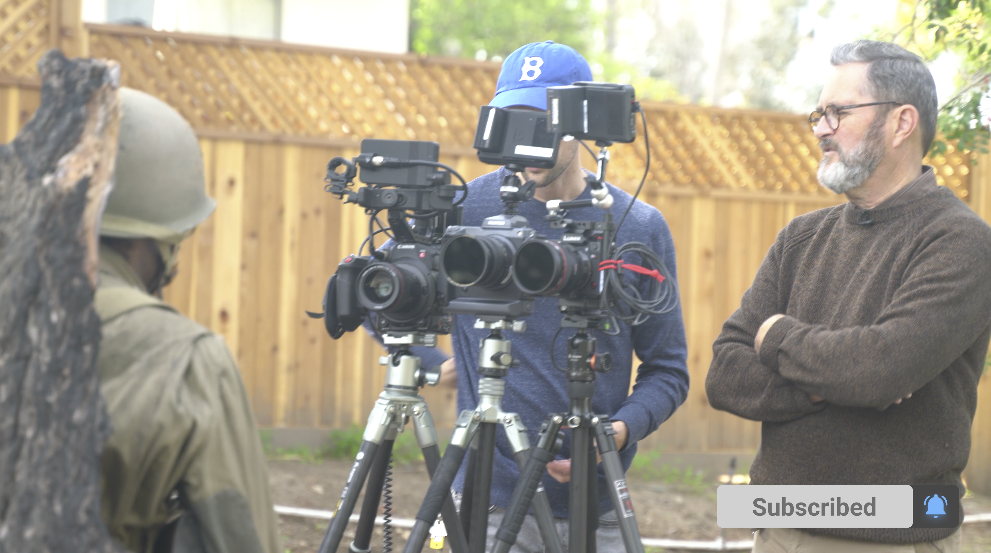
So raw across the board. Let’s take a look at these and just see if you can tell the difference. Does medium format attract you? Does it mean anything to you? Let’s get started. See we got.
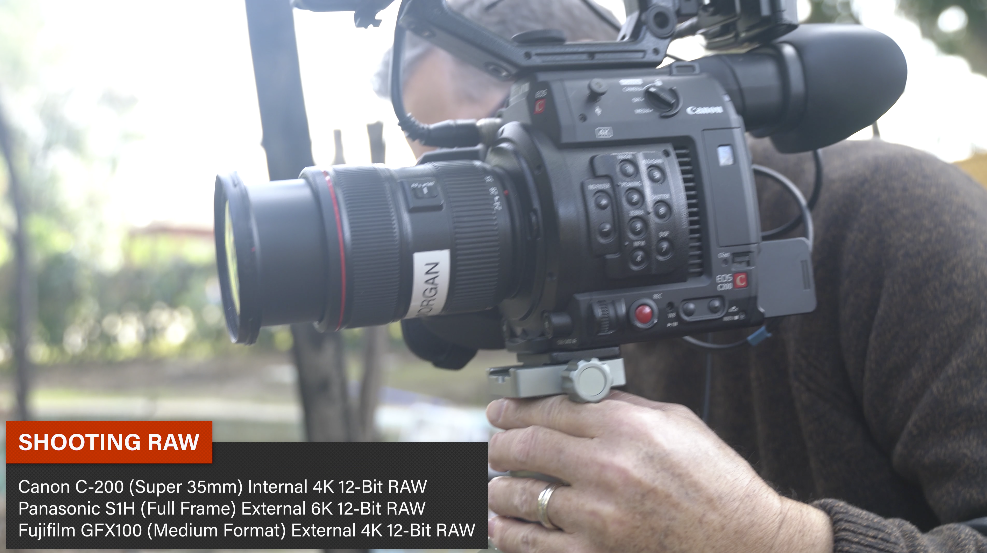
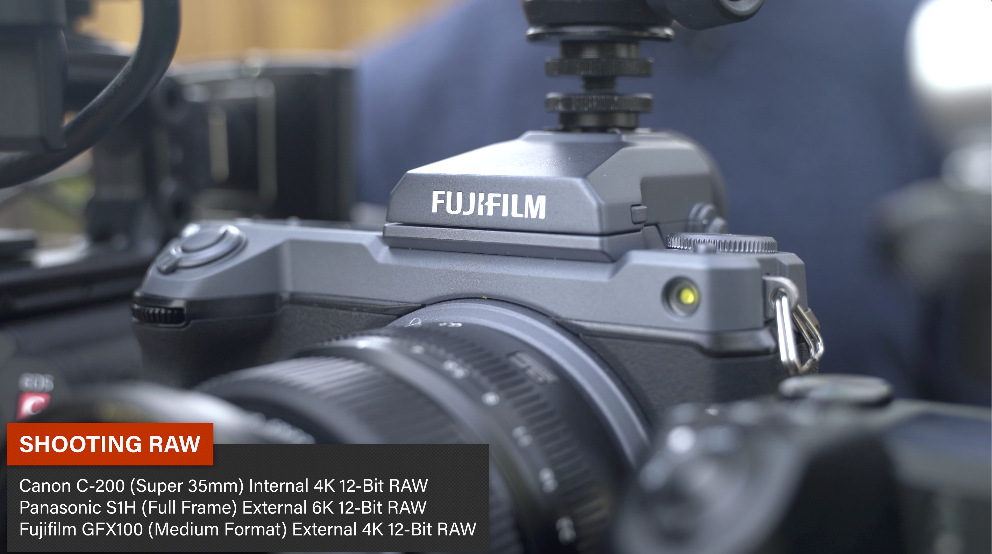
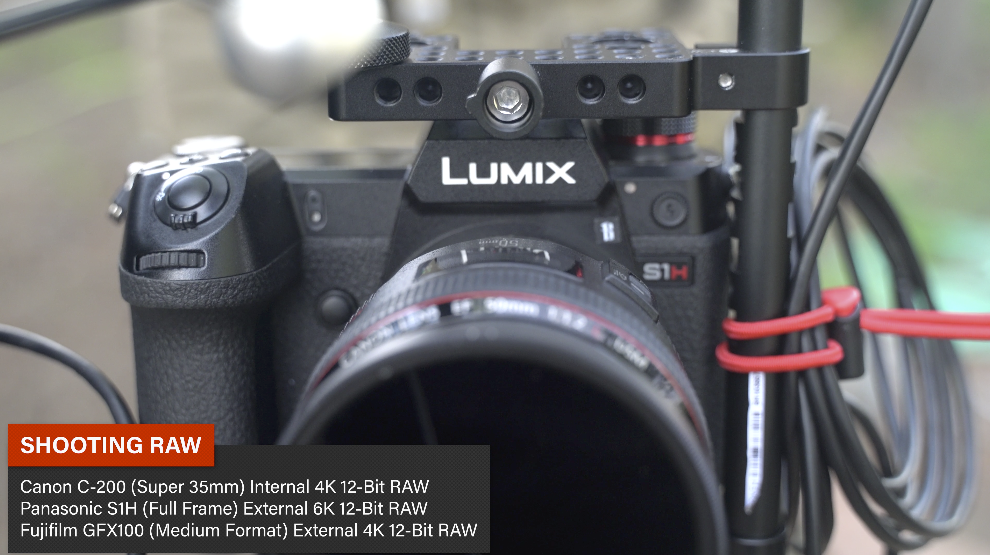
Alright, so this is the little motion test that we set up with each one of these cameras. They aren’t exactly on the same angle, but they are as close as we can get them. The C200 might be a little off to the side a little bit. But it’s pretty darn close. They’re very close together.
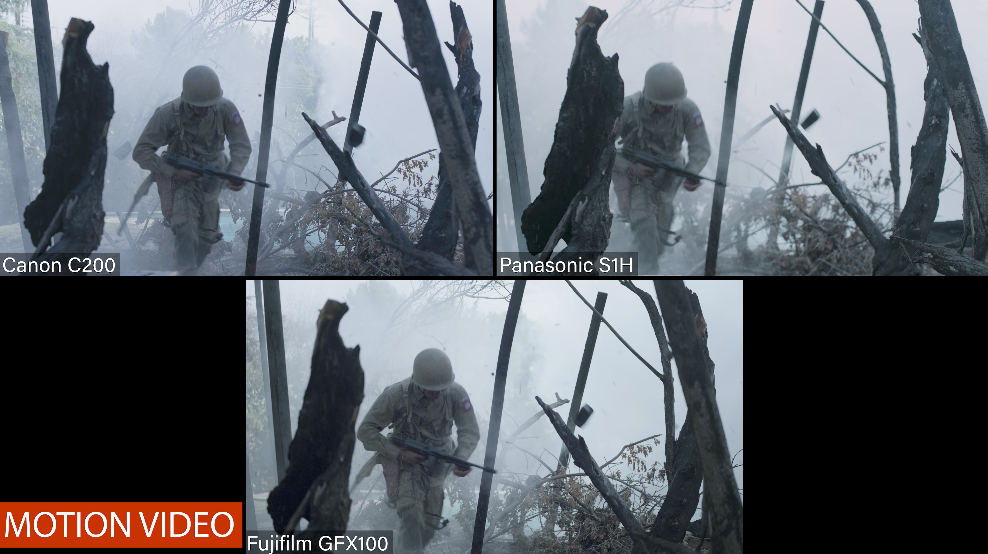
The shutter angle is 90 degrees. So we get a little more detail of some of the explosions with him running. And the ISOs are a little different at 640 on the S1H. ISO 800 on the C200. ISO 1250 on the GFX. Those are all the base ISOs or native ISOs for the cameras when they’re shooting RAW.
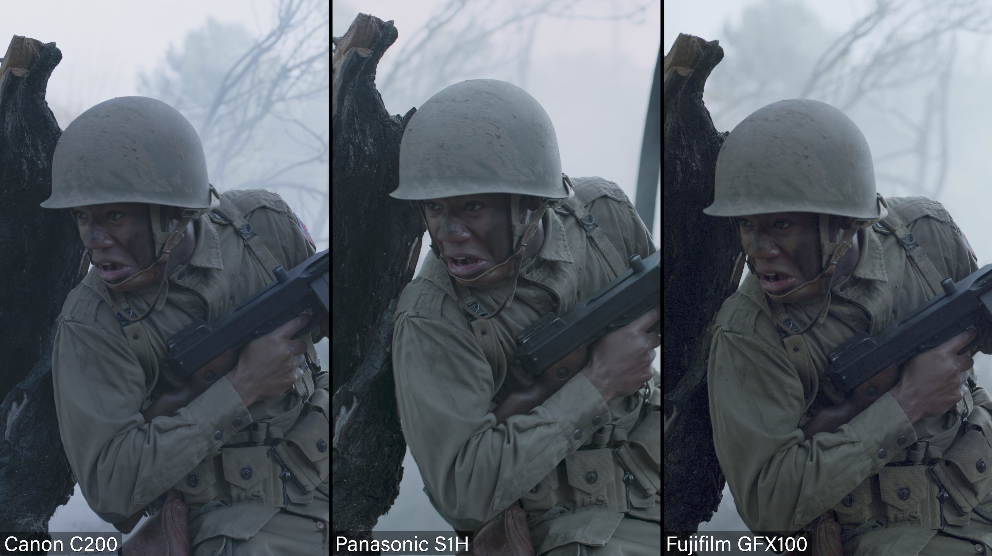
Right off as you look at this there’s several things if you just look through them very quickly. You can see the detail becomes better when you go from Super 35 to that full frame. It looks nicer. But then when you go to that medium format it is so pretty and so much detail. For me the most drastic difference is actually between the C200 and the S1H.
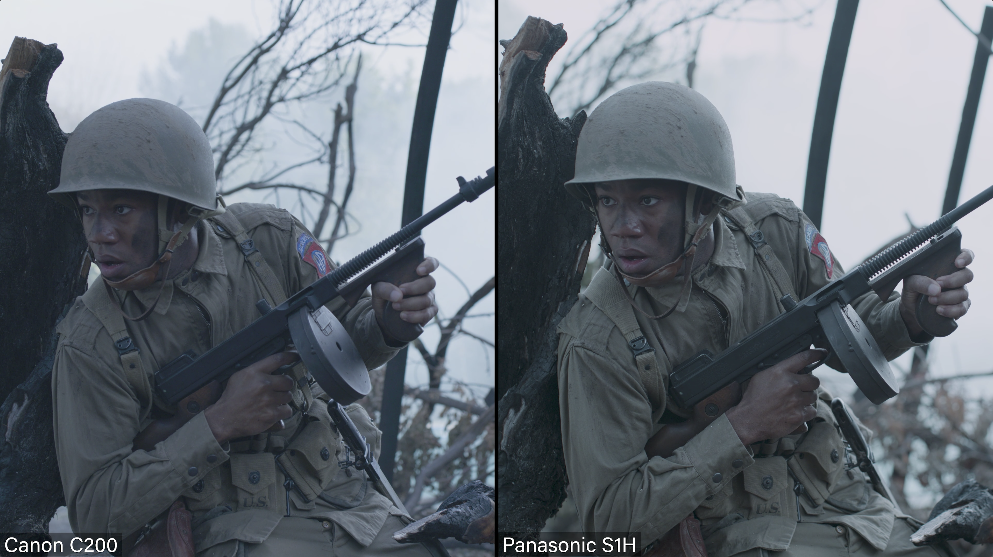
I feel like the S1H image really pops out at you. And then you get it even more with a GFX. But for me, it’s not as noticeable. I do notice more gritty detail in the GFX. You certainly see the focus if you look at the depth of field there. If you look at each one of these next to each other it’s a much shallower depth of field at f/2.8 on that medium format compared to the Super 35.
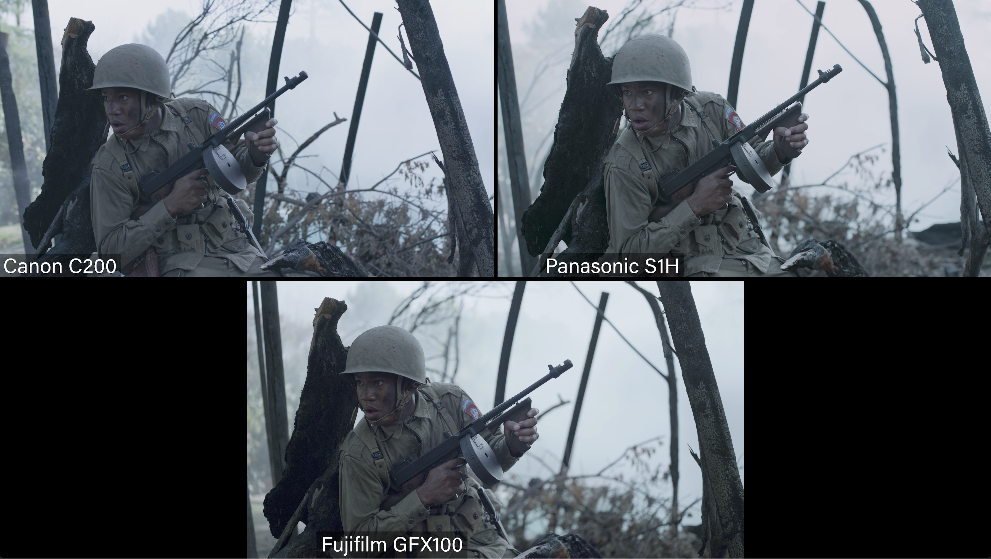
And the rolling shutter didn’t come into play here. I was kind of curious because it is a little slow on the GFX with the explosions and him running. It turns out if you keep the camera still it doesn’t factor in unless I suppose you have a car driving by or something.
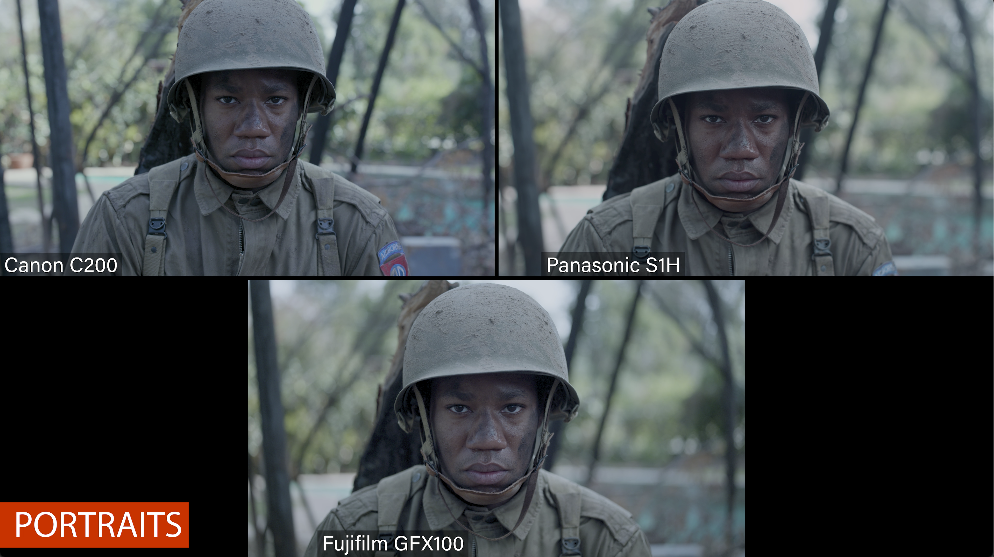
They do these really beautiful close ups looking straight down the barrel. And here we have the C200 shooting RAW. Dwight is looking very serious. But it looks beautiful. These are all shot at f/2.8.
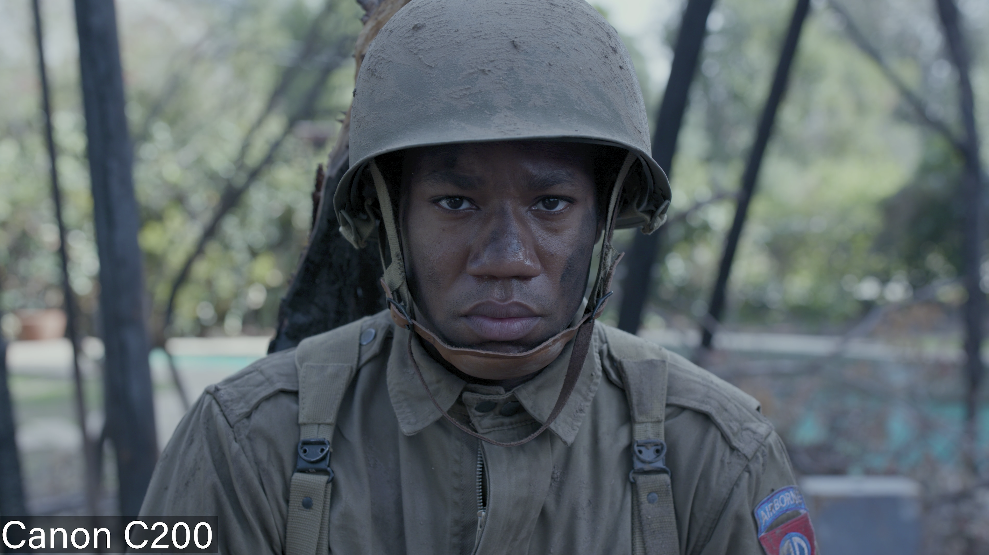
Now if we pull up the S1H portrait shot that bokeh really blooms. That made a huge difference between the Super 35 and the full frame. I like this because his face is in focus. But his shoulders and everything are already starting to fall out. It looks really cool.

And now we have the GFX 100. Again, there was so much natural tonality here the color separation was really good. I love the way that his face kind of pops out from everything else around it. It’s hard when you’re doing these big green or blue ships with an image to not lose some of the skin tone. But the GFX held on to it really well, which I liked.
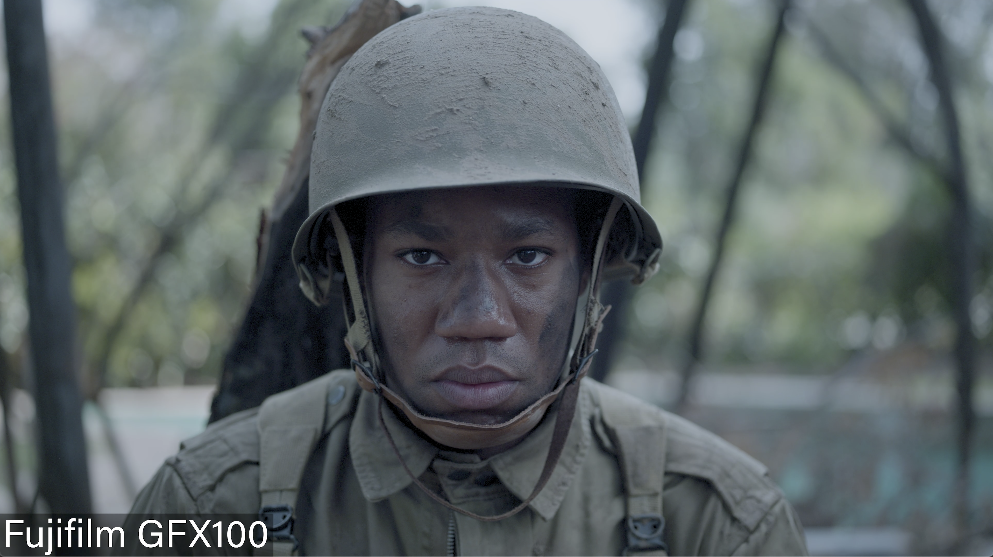
It really is beautiful. Talking about the focus falling off, this is falling off on his collar for the back of his shoulders. It just really isolates his face so wonderfully. You could do that with just a 1.2 or 1.4 lens, you know on that full frame, you get the same kind of a look.
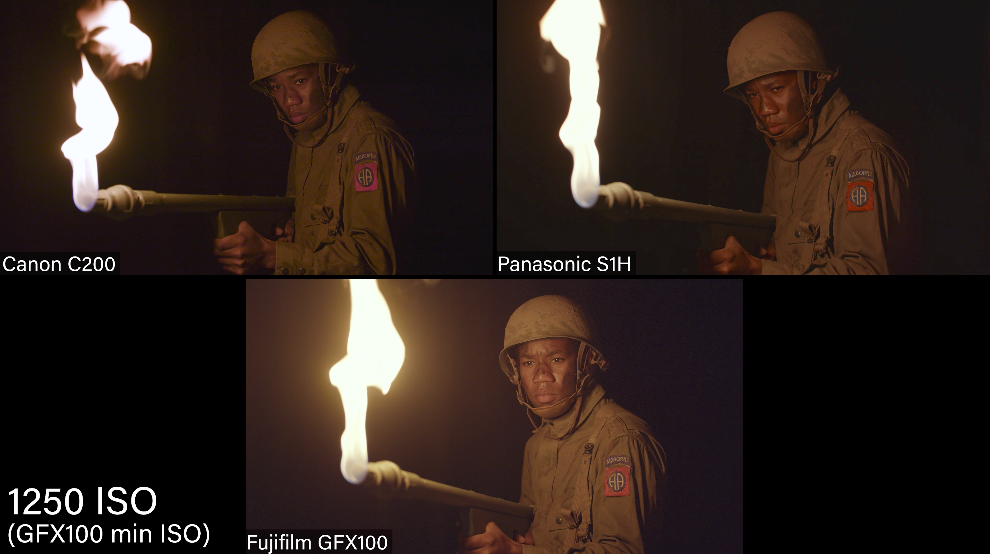
We just wanted to start as low as we could. And that’s 1250 for the GFX. So we went 1250 across the board. So the light we have on his face is pulsating. The flame is kind of flickering.And so what you see in the black deep shadows is that kind of pulse from the flame.
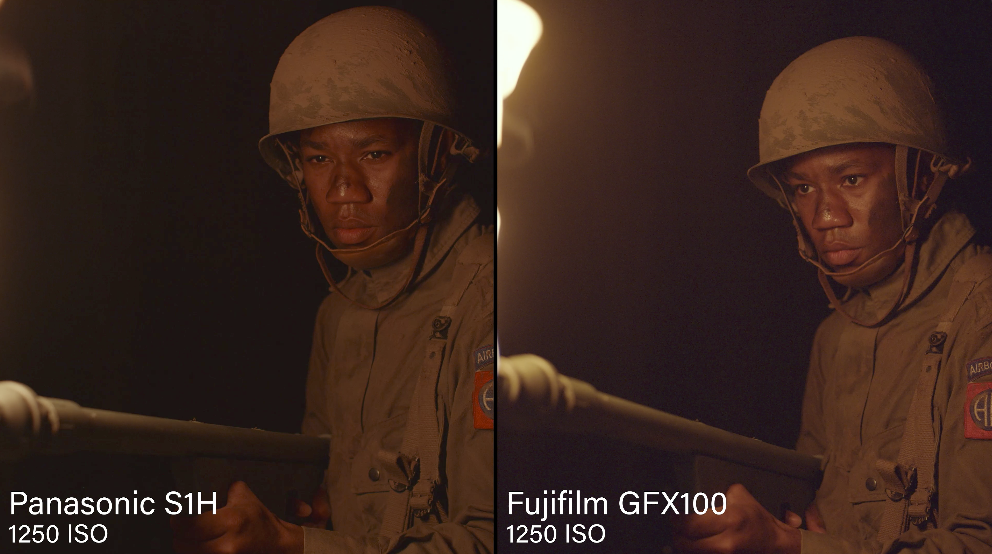
It’s not some kind of issue with the ISO.
There are these lines in the background. It kind of looks like fixed pattern noise but it’s actually just folds in the black cloth that we have back there.
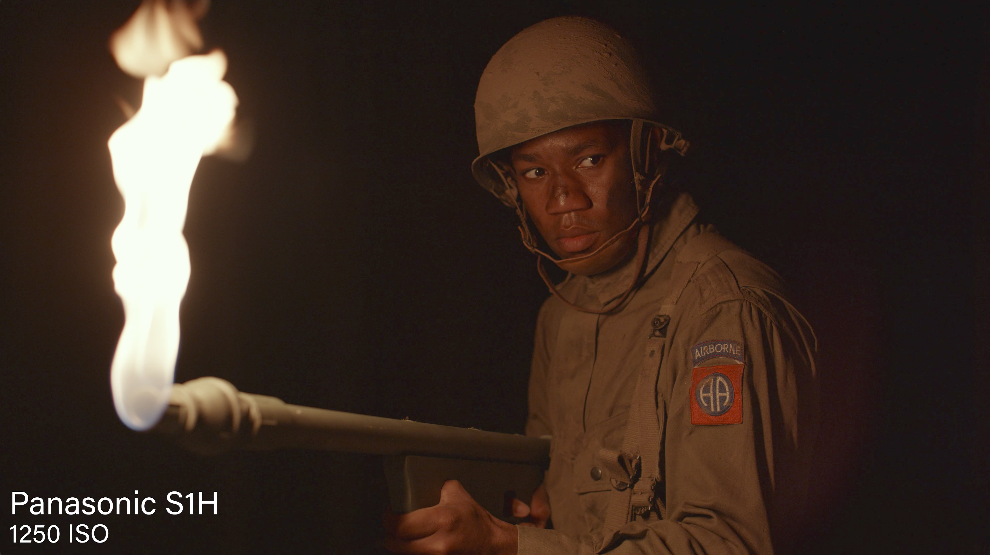
So the S1H is really clean at 1250. It really is. It seems cleaner than the GFX 100 to me, and that’s native for the GFX 100.
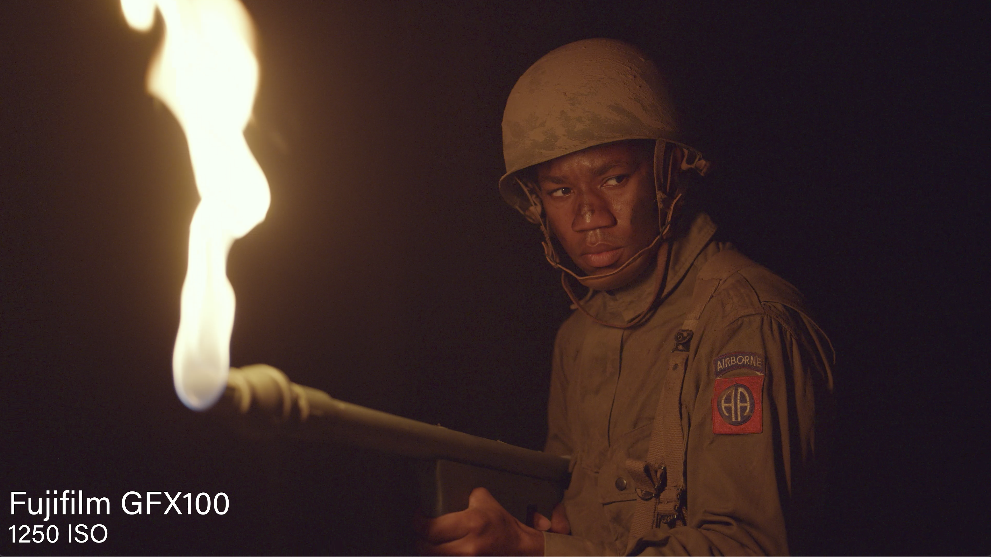
The GFX 100 is already a little bit noisy. I might have been able to crush these blacks a little more. I was trying to use the scopes to keep everything even but it’s not perfect job but it is a little more noisy than the s one ah which is surprising. 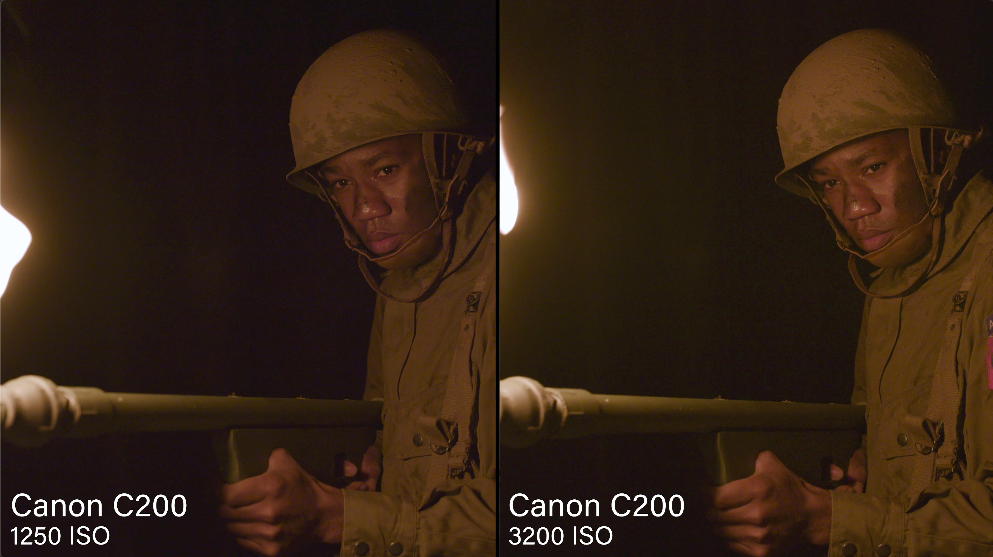
I thought it would have performed a little better. It is funny because even though it’s more noisy, I feel like I see more detail in his face, which is which is kind of interesting. But we’re talking about grain versus image detail. There’s just a bit depth where the larger sensor size gives you more information, but not necessarily holding the grain as well.
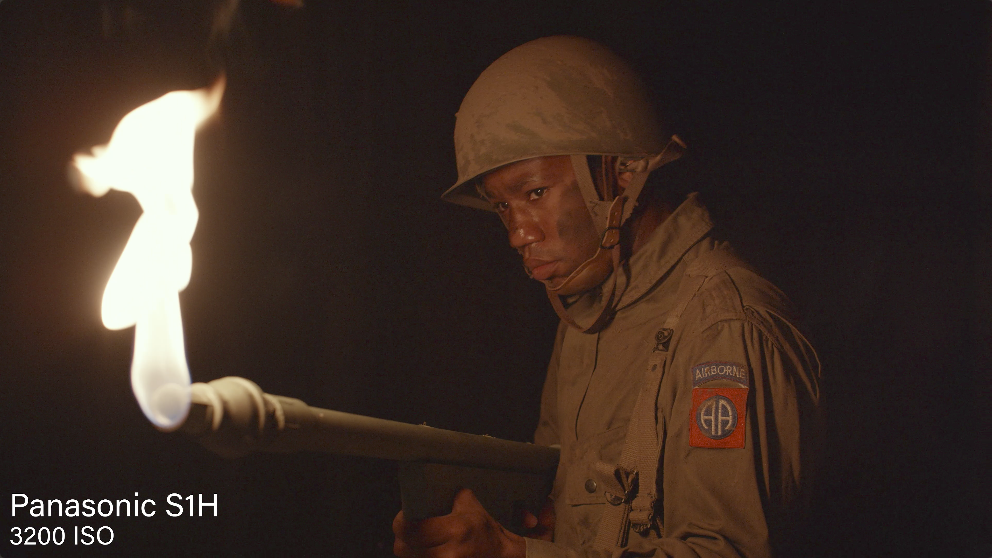
Here we go to 3200 ISO. So the Canon is not looking terribly great. But it’s not a huge step up from 1250. So not terrible. It hasn’t changed that much. If we go to the S1H, I feel like there’s a big change with the S1H. It’s not doing very well here. We see a lot of noise. And we usually see that with the S1H as you approach that dual gain of 4000. That’s when it kind of gets better again. So this isn’t that surprising.
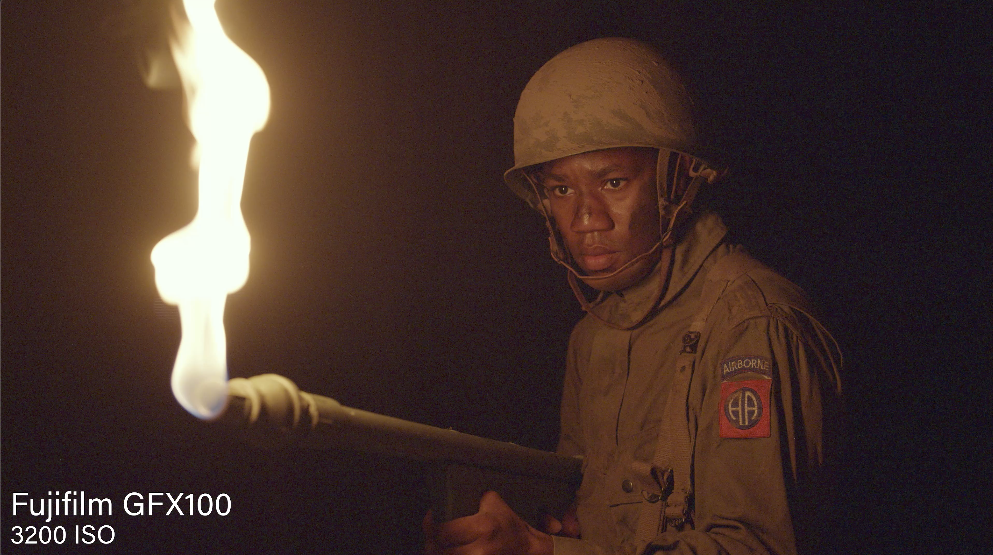
The GFX is doing terribly the 3200. It is honestly not what I expected. I thought it’d be much cleaner at this point. But the photo capabilities don’t always translate to the video capabilities, especially for these hybrid bodies.
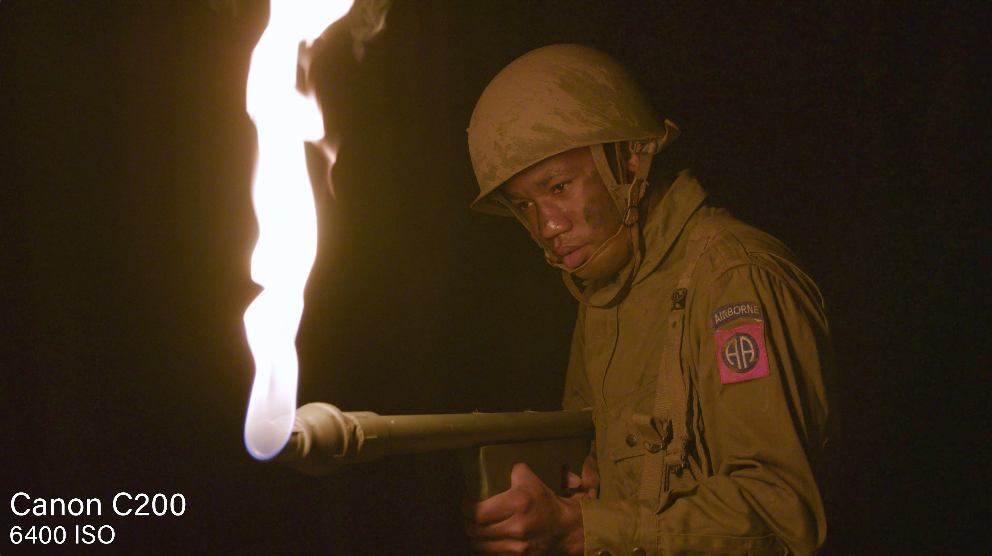
6400 ISO is pretty gritty on the Canon. And then if we go to the S1H it actually cleaned up a little bit from before because we’re past that dual gain. But the whole noise floor is kind of raised. It’s got this magenta cast and not very deep blacks.
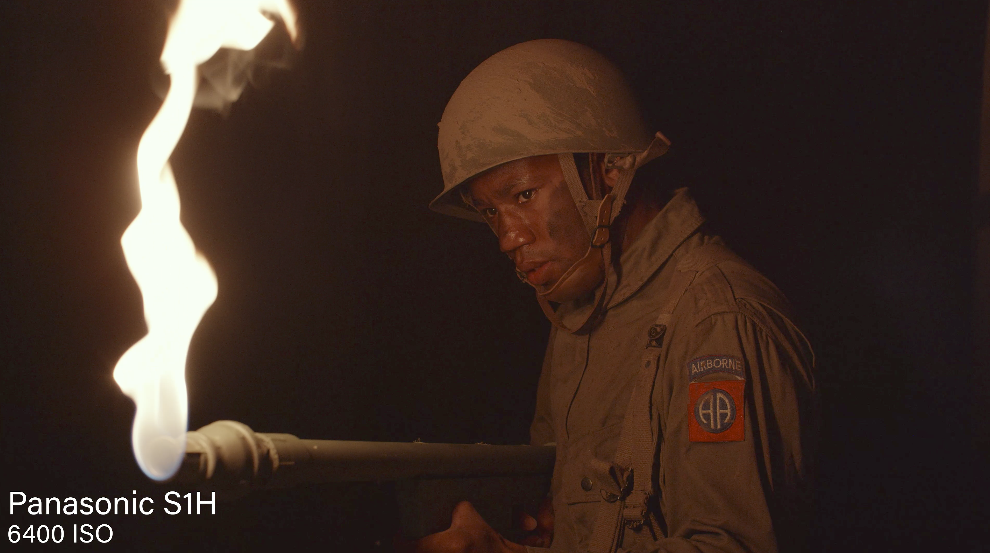
It is fascinating, because we have tested the GFX 100 with regards to stills and ISO and it performed extremely well. But if we’re not seeing it in this video format at all. I would not want to shoot this above its native. Even in its native it was kind of noisy.
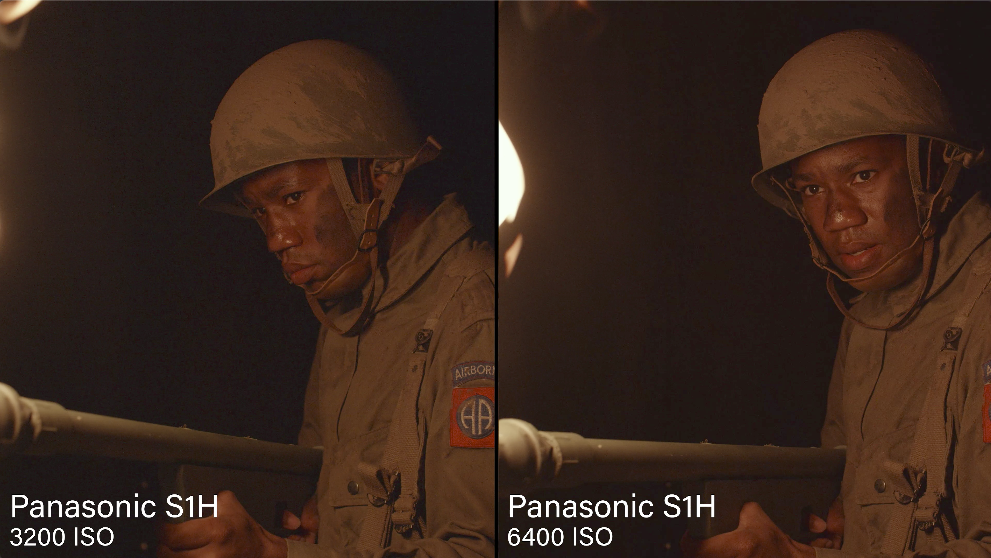
It performs better in a full lit scene than an image like this that has so much shadow area. If you’re shooting in a shadow area like this, I would not trust your monitor a ton, maybe add an extra stop, if you can open up a stop or do whatever you can to give it more light. And then you can always bring it down in post and make it look darker. But you don’t want to start from a noisy dark place.
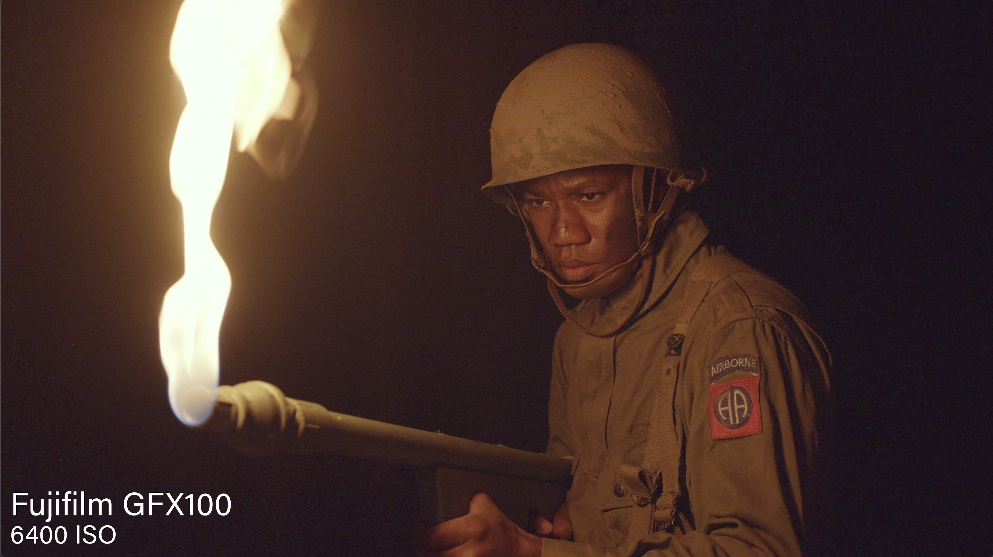
So what did we learn from this whole thing? It is very interesting. I feel like I love the image quality of the GFX 100. I love the focus fall off that you get with it. I think that’s beautiful. But do I love the medium format as much as I do full frame? I’m not so sure that it’s that much better. It is better, there’s no doubt about it. I feel like the step from Super 35 to full frame felt big in every single case. The image pops out more, there’s more information and it is less noisy.
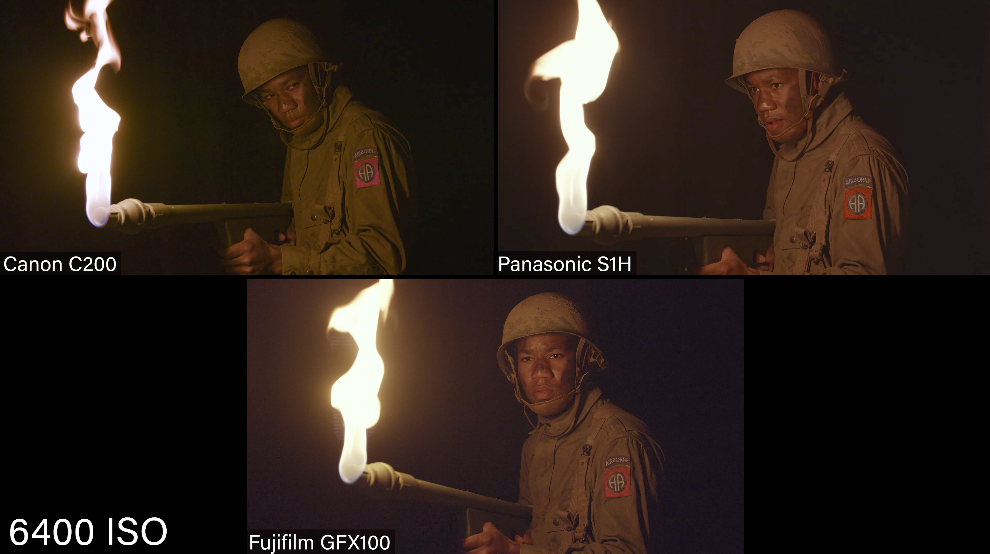
This step up to medium format didn’t feel like such a jump with these cameras, at least at this level. But there was a difference. I did see a difference. It’s pretty interesting. If I were going to shoot something where I could deal with the rolling shutter and I could deal with the workarounds, I might try and shoot a project on this.
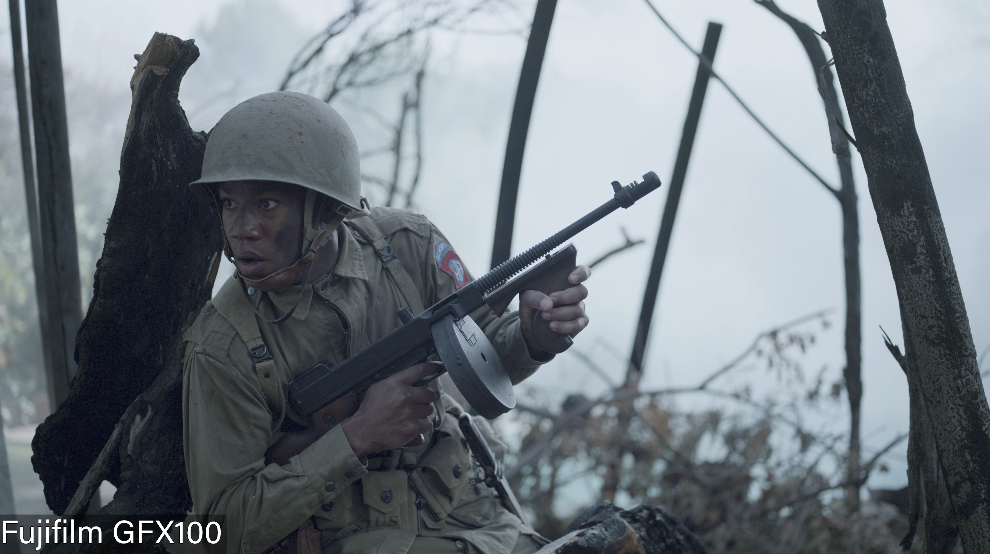
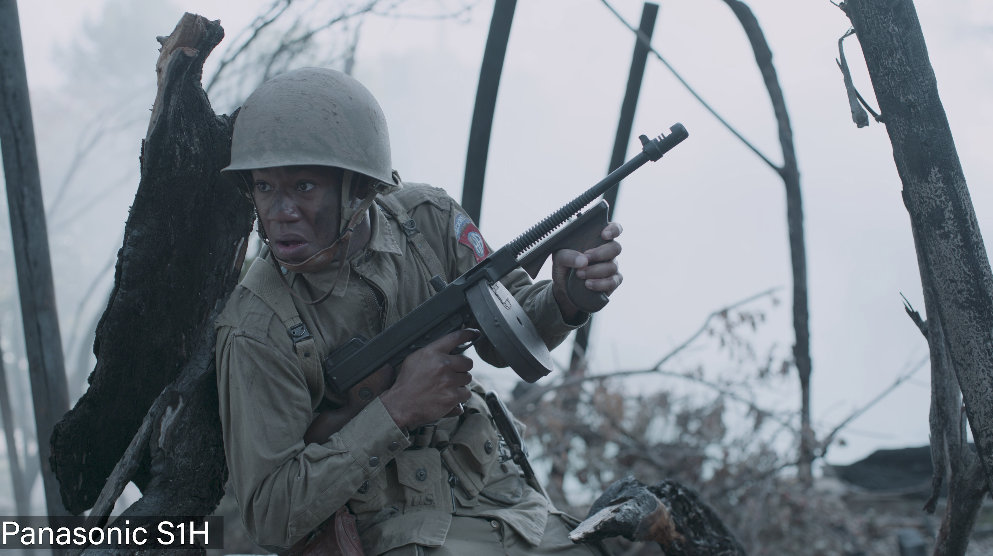
I don’t think I would make it a project that’s all about low light. Maybe the Alexa 65, that’s a much different camera and different sensor. But the GFX 100 sensor seems to struggle a little bit in the dark doing video. And when we had a full lit scene, it was beautiful. 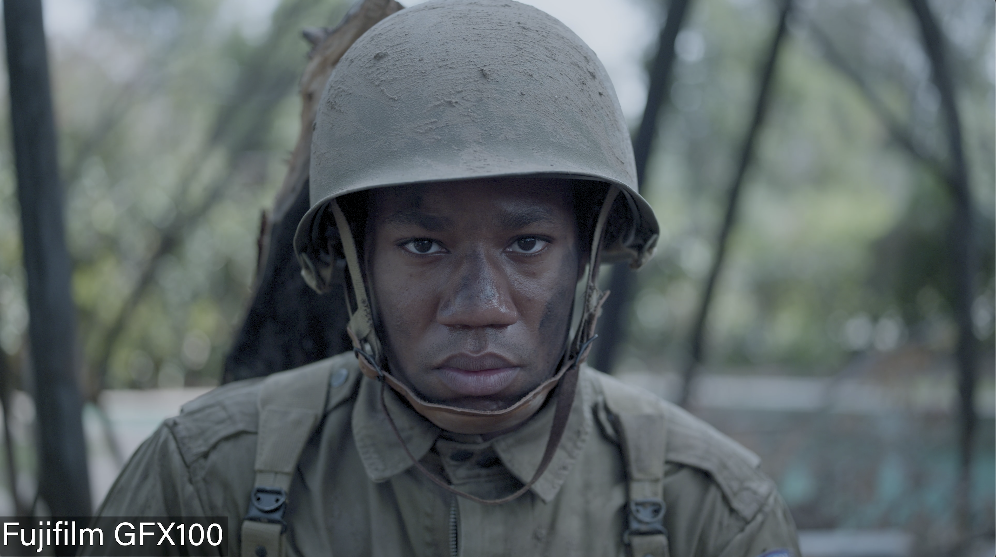
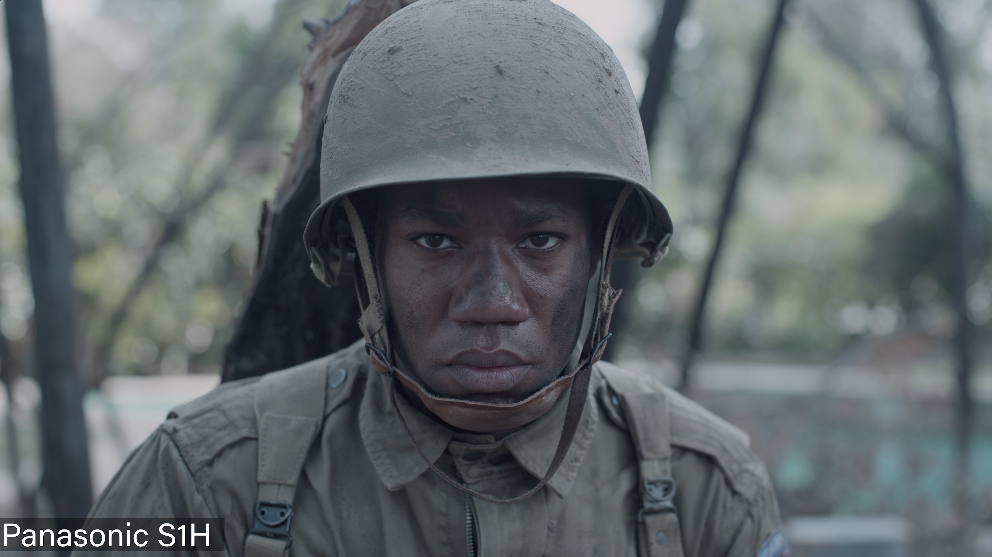
The color depth was just fabulous. I think it’s just a little early, I think we’re going to see medium format come into its own. As we’ve seen the full frame kind of become the standard, then we’ll move up to medium format. Maybe it’ll cross a barrier where it’s just more cost and more difficult than it’s worth. I don’t know, that is possible.
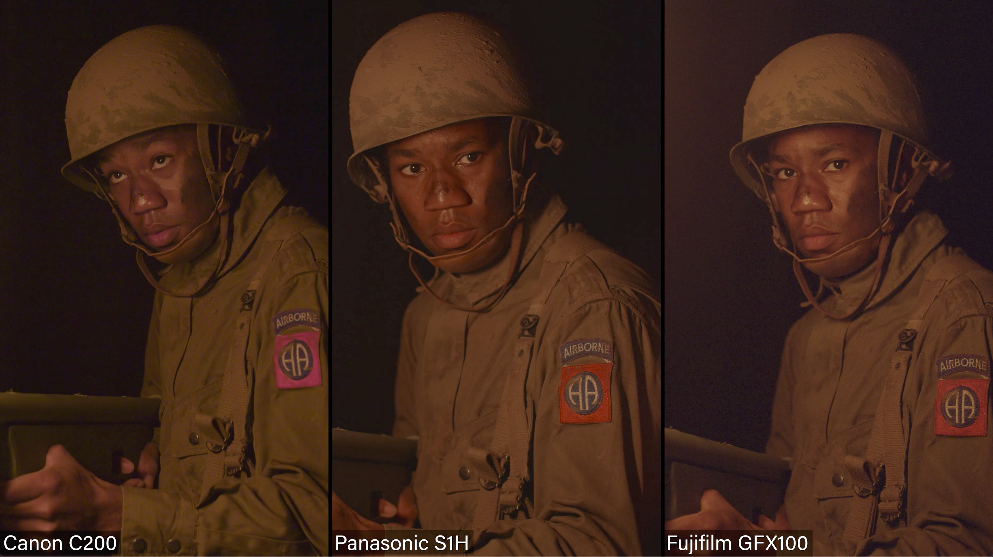
If you look at the old 70 millimeter films, a 70 millimeter was something you only used for Ben Hur, or Spartacus or a Tarantino movie. You’re not shooting 70 millimeter all the time. It’s because at some point you do come up against physical limitations, whether it’s the data or the sensor speed, or the lenses. So there are downsides to medium format and maybe it won’t ever become mainstream, but it is nice to have an option even at our level.
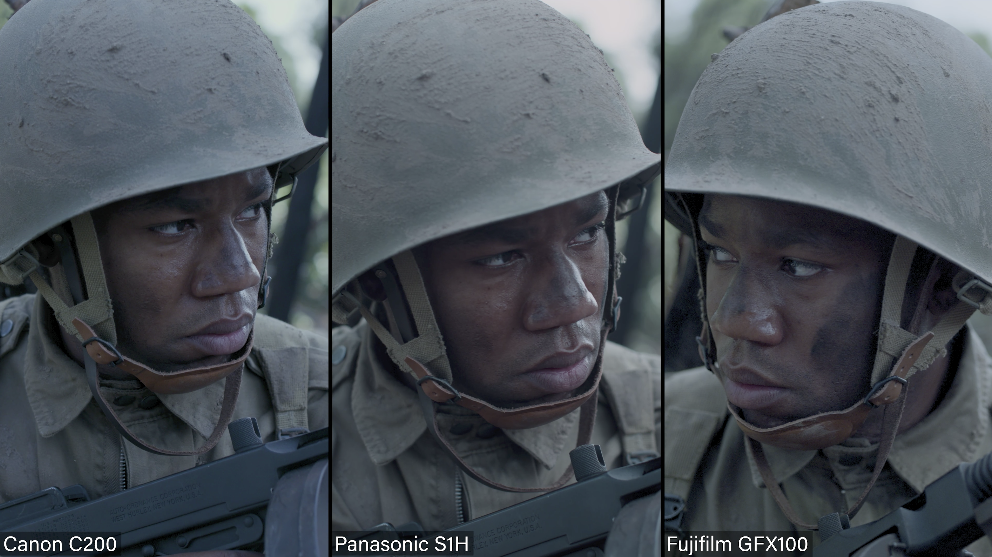
Alright, so leave us a comment at our YouTube channel. Let us know what you think about shooting medium format. We’d love to have you subscribe to us here at The Slanted Lens. So keep those cameras rollin’ and keep on clickin’.
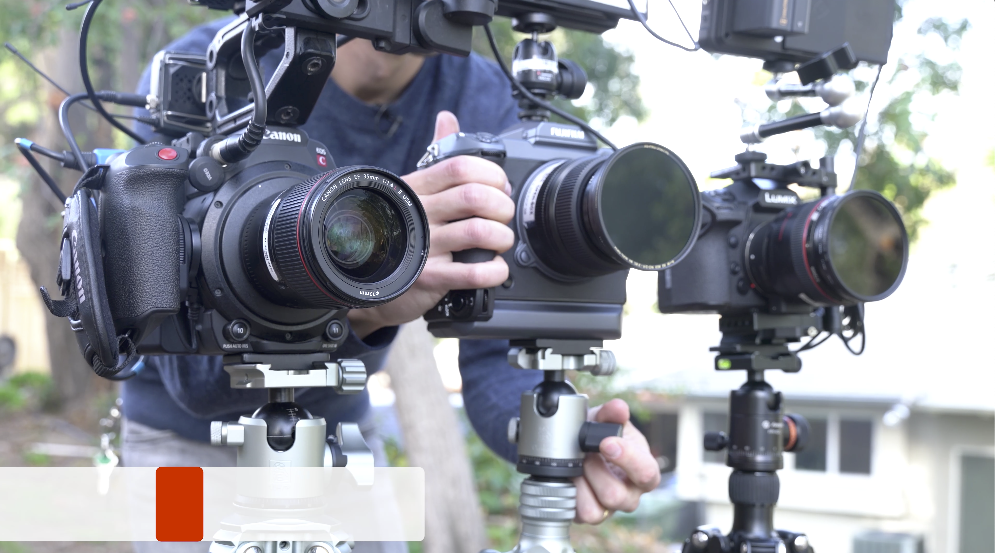
Let’s look at the reasons we carry a tripod. Number one is we shoot a lot of times in low light, so you got to put your camera on a tripod because your shutter is going to be longer than a 16th of a second.
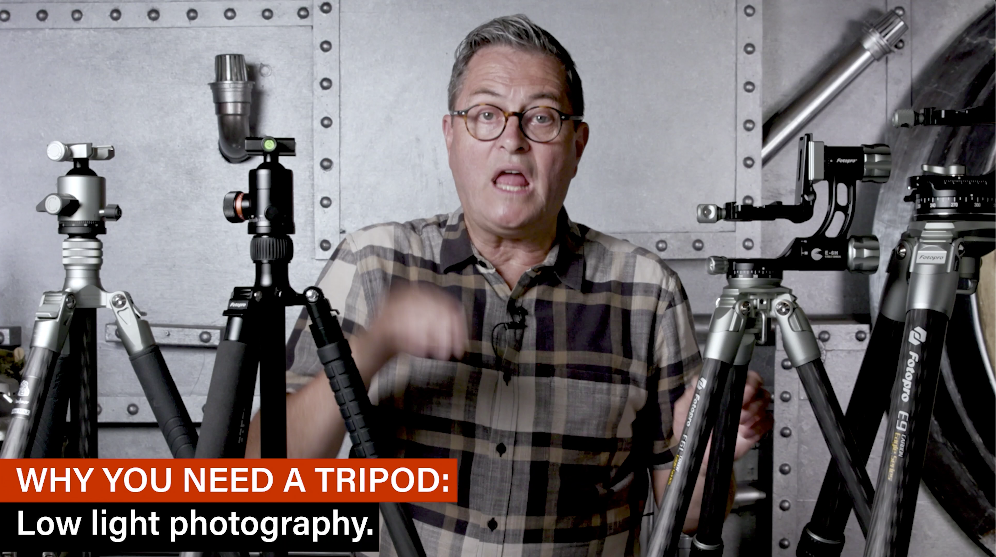
That’s one of the main reasons to use a tripod. You need to be able to shoot in low light. It also allows you to shoot HDR or pixel shifting when you’re going to shoot several different exposures at the same setup. It allows you to pan and do panoramic views so you can piece them together more easily.
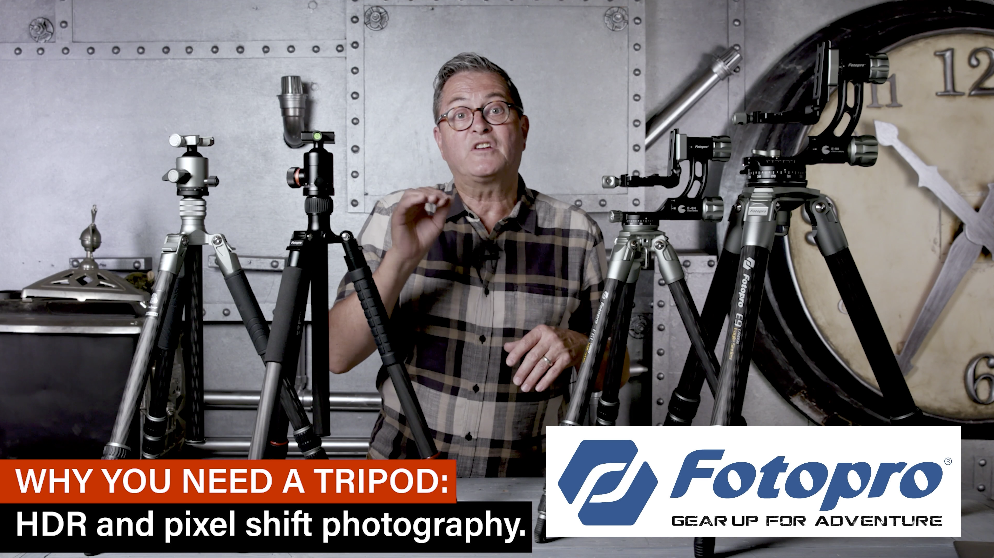
A lot of these will have markings on them that allow you to set and move and shoot and set and move and shoot. Check out the FotoproUSA tripods. You will be glad you did.